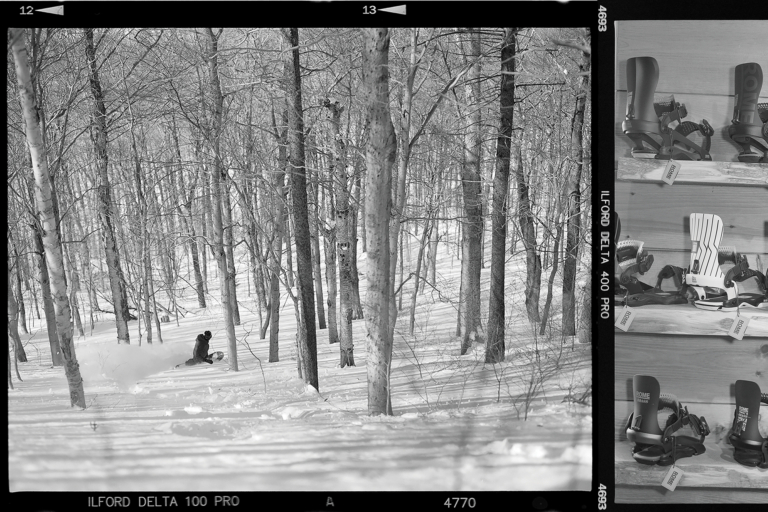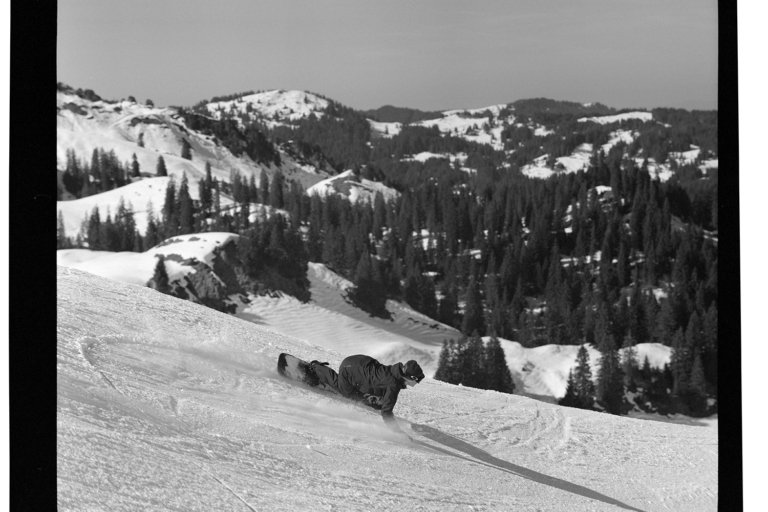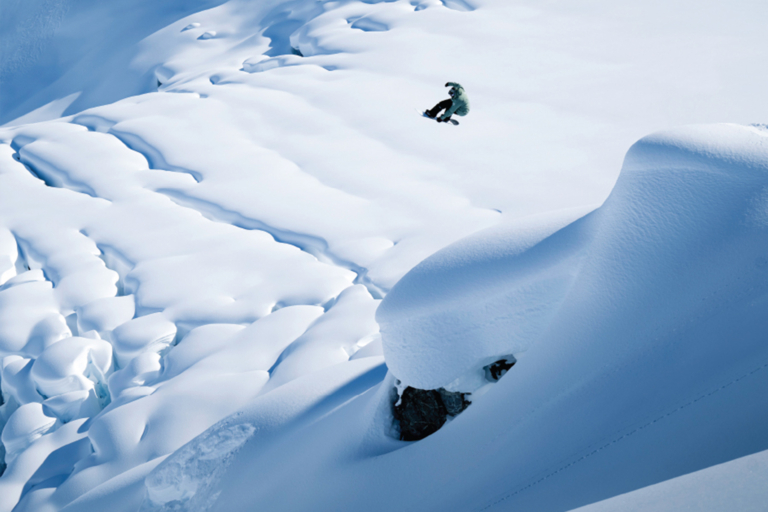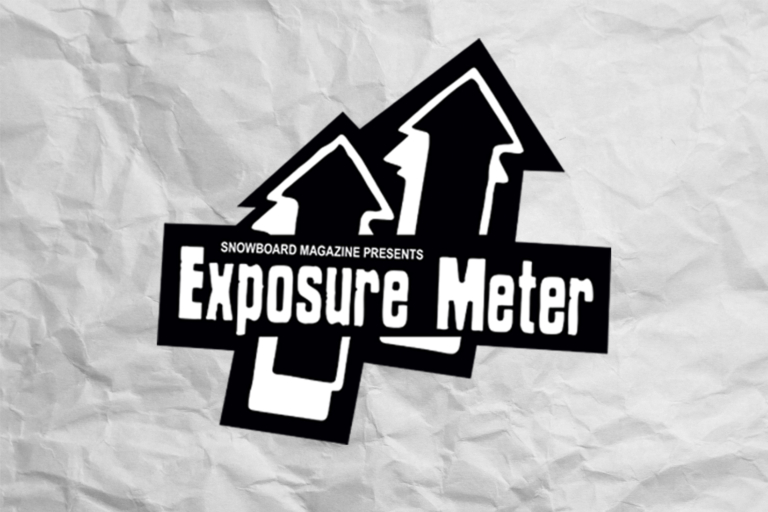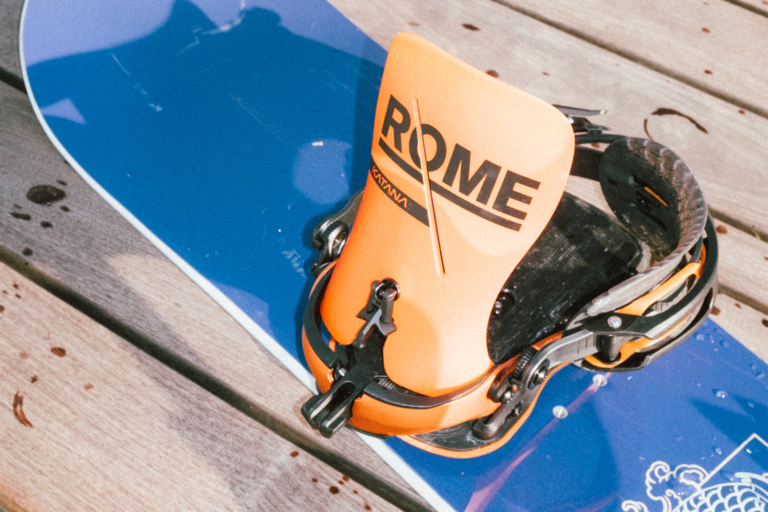
Website/Blog/Portfolio: CheyenneEllis.com
What is your earliest memory of shooting photos?
I don’t remember how old I was, but I do remember sitting in the back of the car as a young girl, driving by things I wanted to remember. I would blink my eyes and hold down really tight, hoping the image would burn into my memory. I didn’t have much of a concept of cameras at the time or realize the world of photography, but it makes a lot of sense to me now.
Which genre of photography do you prefer?
I really don’t have a preference. I love what I do and everyday is different. Some days I’m photographing kids having a water gun fight, others on the beach with a great group of girls modeling clothes, and then I’ll be in studio with an actor or a musician I really respect. I love the diversity of my craft.
What makes a great portrait?
The intimacy. If you feel something from a portrait, whatever that may be, then the photographer made a connection with the subject. Regardless if the emotion is happy or sad, comfortable or not, that recognition of emotion, to me, makes a great portrait.

Torah Bright
What exactly is your connection to snowboarding?
There are a lot of layers to this question for me.
For starters, I grew up in Mammoth. My mom was a ski photographer. When snowboarding took off, she turned her lens to that, when I was about 12. So we built little kickers and a quarter pipe (at least that’s what we called it) in my backyard at the time. Everyone in the neighborhood would come over to have my mom take pictures of them. Billy and Jeff Anderson made those pictures stand out, and live on to this day.
I have a lot of friends in the snowboard world and dated two wonderful men in the industry. All of whom are responsible for my connections and experience with the sport.
But I would have to say, that largely, the photo shoot that Jeff Anderson asked me to do for Transworld not long before he passed, has unfortunately made my imagery a lasting part of snowboarding.
Everyone assumes I snowboard because of my roots and the pictures I take of the people in them. The funny thing is, I’m actually a skier.
It seems like most people in snowboarding want to get out of the mountains so that they can get a “real” job in the city. How did you go from working in New York to shooting in the mountain?
Honestly, I started in the mountains. I moved to the city for an amazing opportunity with a photographer that I couldn’t pass up. I got offered a full time position working for Irving Penn when he was alive, and I pretty much dropped everything and moved to New York. I had no desire to go there, nor did I fit in much, but that’s not something you pass up.
I love it there and will always respect what it has done for me, and my career, but I’m back in the mountains now, as much as I can be. I live in a little town in Los Angeles called Topanga, that makes the city part tolerable for me. It’s close enough to be considered local, but far enough away where I can hike everyday, see the stars, and not hear a sound when I sit out at night.
In some capacity, if you want to photograph big things, you need to be in the big city. Being close to L.A. has allowed me a lot of opportunity and a lot of people to see my work. But I’ve figured out a way to live in a small town within the city limits and create a style that allows me to travel for what I shoot.
How has New York influenced your work?
New York will forever have a lasting impression on me. I was young, eager, naïve, and soaked in every moment of that experience. I met amazing friends and some of the most influential people of my career. We were all young artists, broke, assisting, loving what we were doing, going to art openings, aware of new trends, and diving into whatever it was that drove us. The city educated and pushed me in ways I could have never learned anywhere else.

Volcom Shoot | L-R: Bryan Iguchi, Terje Håkonsen, Jamie Lynn
Who are some photographers you admire?
Irving Penn. As one of the greatest photographers of our time, he was humble, respectful, gracious, and a teacher. He believed in the apprenticeship, and wanted to pass on his knowledge, not keep it for himself in fear of people copying him.
Mario Testino’s work is so beautiful to me. His light is captivating and the interaction he has with his subjects, is so unique. I can pick out a picture of his anywhere.
Cliff Watts is another photographer I worked for and admire greatly. He’s a genuine man, who inspired me and taught me a lot of what I know. Mostly he showed me you can be a good person in a sometimes crazy industry. To still be kind, and keep you’re head on straight even when the money and fame starts to filter in.
Kevin Zacher is a dear friend of mine, and someone who’s work I’ve always admired. Our styles are so different, yet I love what he does. His images are so loose and awkwardly real. He has an amazing way of being a fly on the wall and approaching anyone to take a picture of them. That’s something that’s hard for me to do.
Lastly, I would say all documentary and photojournalists. They capture history and difficult memories in time. It's an area of photography I used to think I wanted to do. Being that near to human tragedy is hard for me to document and not help. But the images they capture do help, they tell a story that the world needs to hear, and I respect that so much.
What do you enjoy about working for clients?
I do love the collaboration process. From the beginning to the end it relies on teamwork. You have people to bounce things of off and you have others with a creative vision as well. You meld them together to execute a finished product, and that is really rewarding to me.
What do you enjoy about shooting just for you?
The freedom. There’s no judgment or price to what you’re doing, so you do it for yourself, without limitation. My personal work helps my commercial work grow. The more I shoot for myself the more I develop my own personal style. I love taking pictures period. Whether it’s for myself or for work, it brings me so much gratitude.
How do you get out of a creative lull?
I embrace it. They happen, and as frustrating as it is, I use it as a time to focus on other things in my life. It doesn’t happen that often, but when it does I find myself resorting to other mediums. I read, draw, or go to movies, and next thing I know something has inspired me and the ideas come back.

Kier Dillon
How do you feel about color vs. black and white images?
I miss film. I went down kicking and screaming when digital took over, but realized the only battle was with myself. I feel guilty now, changing a color image to black and white. The intent is not there and I feel like it looses some authenticity. But I know that’s just me being traditional. I’ve found great ways to convert images and for the most part I’m happy.
To answer the question properly though, black and white images strip the subject of what we know to be true. They make you look a little deeper or possibly see in a different way. You don’t get to associate with the image as you would if you were looking at it in person. However, with the new advancements in Photoshop you can also make a color image look so much more different than what we know it to be too. I love both. They have their time and their place for me.
What have you learned about yourself as a photographer?
I’ve learned to trust myself, be patient, work hard, and know that there will always be someone who is “better” than me. That doesn’t really matter, I love what I do and everyday I do it, I do it better. Other people can only inspire me at this point.
